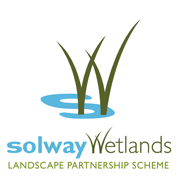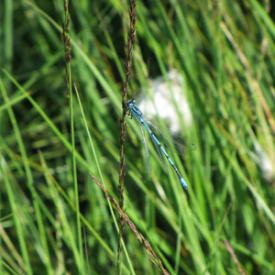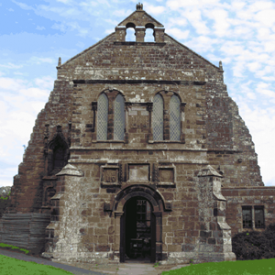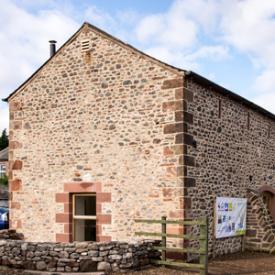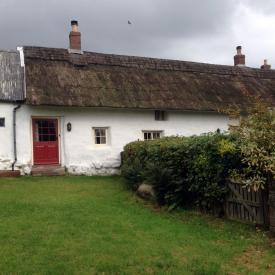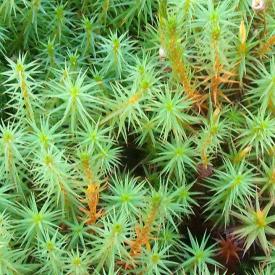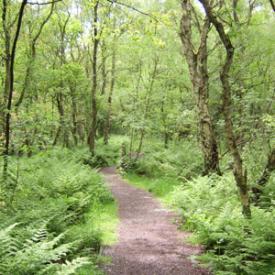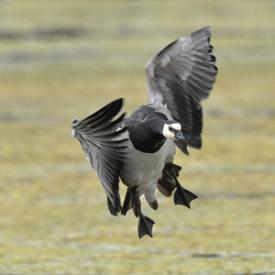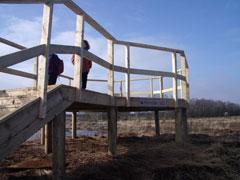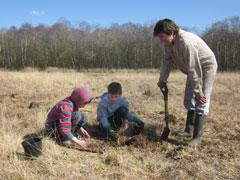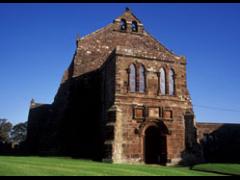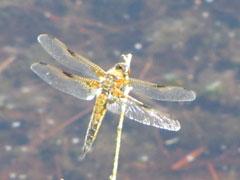This National Nature Reserve is managed by Natural England and contains a beautiful mosaic of habitats, including woodland, heathland and grassland. Keep your eyes peeled and you may spot red squirrel, roe deer, brown hare or wood mouse. Badgers have setts in the wood. You will only see them at dawn and dusk, but their signs are all around in the form of large holes in the ground, trails and latrines (holes dug as toilets). The site has over 40 species of breeding bird including buzzard, tawny owl, willow tit and grasshopper warbler. Insect life is plentiful, with small pearl-bordered fritillary, purple hairstreak (up in the canopy of oak trees) and ringlet butterflies.
You can follow several miles of trails through the reserve. A Miles Without Stiles leaflet is available from Cumbria County Council which details the Chalybeate Well trail, a 2 kilometre waymarked route suitable for those with limited mobility including wheelchair users.
